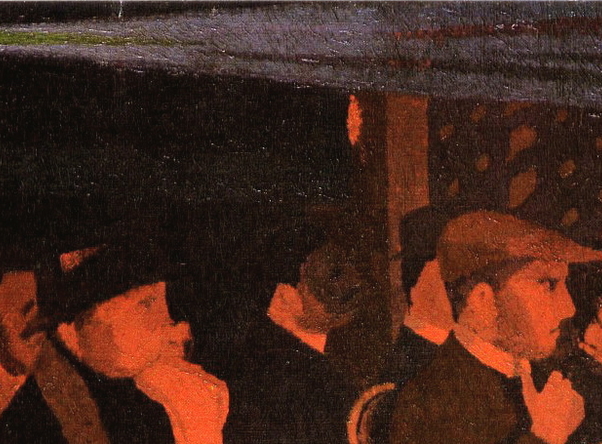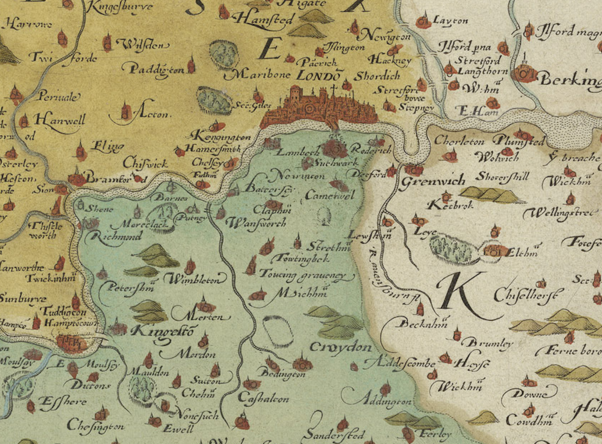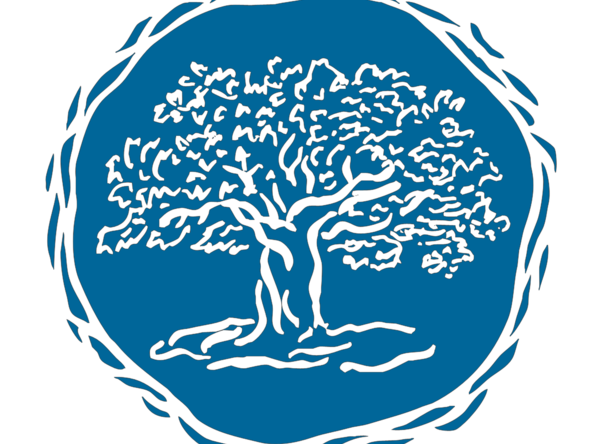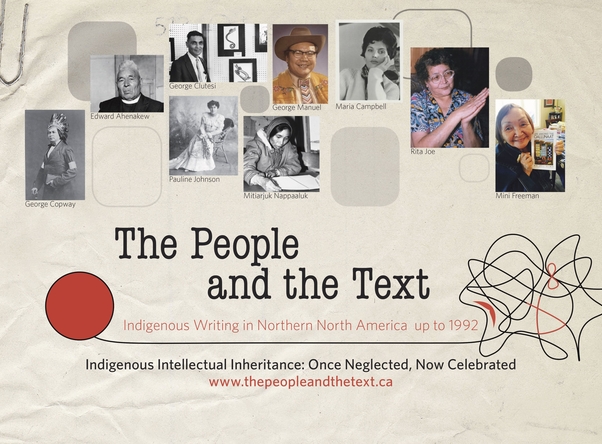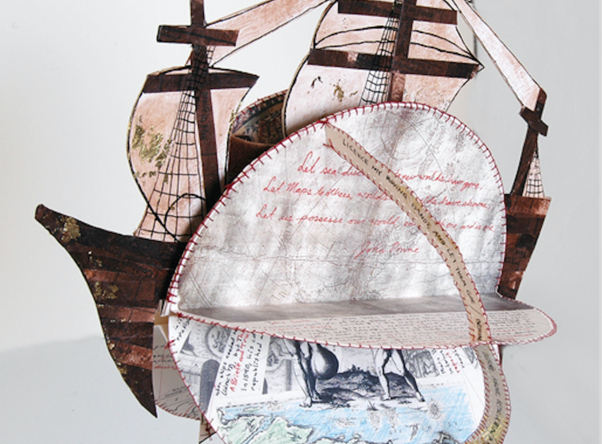|
Sous la direction de Lucie Hotte, professeure au Département de français de l’Université d’Ottawa, le projet de bibliographie BIBLIFO rassemble des notices de livres, d’articles de périodiques ou de journaux et de documents audiovisuels portant sur la littérature franco-ontarienne en général et sur |
This project is dedicated to the challenge of creating digital spaces that can house and encourage feminist, transgender and transsexual and queer cultural and affective archives. Following recent critical digital humanities studies (including Drucker 2009 and McPherson 2012), we believe that such |
The Virtual Research Environment of the Canada and the Spanish Civil War project is a long-term, multi-phase project that will provide integrated public access to the large amount of diverse Canadian cultural materials concerning the Spanish Civil War (1936–1939). The conflict animated Canadian |
|
Project founder and creator: Catherine Caufield, PhD With grateful acknowledgement to the student Research Assistants, without whom this project would not have come as far as it did as quickly as it did: Elexa Davis, Candace Gridzak, Rachel Lingnau, Megan Palmer, and Ella Tiessen. Project logo |
As a demographic, women are actively engaged in Canadian theatre, yet they are significantly underrepresented among the ranks of produced playwrights and artistic decision makers. According to the recent Playwrights’ Guild of Canada Equity in Theatre report, women comprise half of the Guild’s |
|
|
In Contextualizing COVID-19, students course put COVID-19 in historical perspective through lectures from 15 faculty members from Guelph's History Department on topics including medieval and early modern plagues, the 1918 and other pandemics, the history of vaccination and public health, the rise |
The Commons contain: Primary Sources Secondary Sources Peer-Reviewed Publications Regenerations Cultural Mappings Utilities (schemas, stylesheets) Documentation Files Test Collections Workshop Sandboxes |
|
|
This ground-breaking index includes 137,943 records of prose, poetry, drama, fiction, and miscellaneous items (letters to the editor, sheet music, illustrations, advertisements, and obituaries) from 203 nineteenth-century periodicals published in Canada. It includes The Nova Scotia Magazine , |
||
|
We know some history of The Arboretum, but there are still hidden stories of the relationship between the area and everyday people who make up our community. Hear, Here allows us to access this social history and to think about where our community has been and where it is going. |
This exhibit celebrates women that have advanced the status of women by leading the way towards a diverse and gender inclusive community. We aimed to include all women who identify as women including cisgender women and trans women. We strove to represent the wide diversity found in our community |
|
|
Francophone newspapers have traditionally played a major role in the preservation, promotion, and remodelling of the Francophone culture and identity. Since the middle of the nineteenth century, Western provinces have hosted several French-speaking newspapers, including L’Ouest canadien , Le |
Beginning in the late 1880s, a small stream of Canadian and American missionaries made their permanent home in Sichuan Provence in West China. Inspired by Social Gospel theologians, their numbers had swelled to hundreds by the 1930s, then dwindled during WWII and finally ceased in 1951 when they |
Longer introduction here. |
|
Inside the Bag is a resource archive that focuses on the Canadian Literature Centre / Centre de littérature canadienne (CLC) Brown Bag Lunch Reading series. It includes three phases at present, with the second and third phases currently in progress. Phase I features ten living authors and ten |
The collection of book covers is courtesy of Archives and Special Collections at the University of Guelph. Primary texts are from Project Gutenberg, USA, parsed and tagged in TEI using the Gutentag tool. |
What is gay liberation? How do the politics and activism of the 1960s and 1970s differ from contemporary queer politics and activism? What is the best way to preserve gay liberation history and ensure the transmission of our cultural history across generations? What are best ways to digitize and |
|
Édition (en cours de préparation) de la correspondance croisée de Louise Cruppi et Romain Rolland La correspondance de Louise Cruppi et de Romain Rolland, compte 1 092 lettres, dont 535 de Cruppi et 557 de Rolland, échangées entre 1905 et 1925 [1] . De par sa longue durée, ainsi que l’importance |
This project explores the histories of mainstream anglophone and francophone Canadian magazines between 1925 and 1960. We have catalogued the contents of two magazines down to the article level. We also present selected issues and pages from all six in digital form. |
The Modernist Commons is a collection of critical editions and articles, and suite of editing tools. Managed by Editing Modernism in Canada (EMiC), the Modernist Commons interface allows users to ingest images, process texts with optical character recognition software, perform markup on |
|
Everybody has a story to share. This is why HIST3450: A Local, Oral History was designed - to help future historians capture these stories and learn the best practices for portraying recent history on the web. Every student in this course participates in the entire oral history process: from |
REED London is a dynamic digital scholarly edition that brings together archival documents and editorial materials about pre-modern London performance in new ways to new audiences. This prototype edition offers new ways of reading and experiencing theatre, music, and all forms of entertainment |
Libraries and archives throughout Canada have many overlapping obligations. They collect, preserve and disseminate knowledge, and provide access to information and intellectual resources for civic engagement. Libraries and archives are actively meeting the challenges of unfolding digital |
|
The Terrorizing Cinema in Canada collaborative online project archives and interrogates contemporary Canadian cinematic representations of terrorism and “the terrorist other,” as well as the issues of distribution, advertising, and mass media structure effecting the circulation of cinematic |
P.K. Page’s career as a writer and visual artist extended over some eight decades, from 1932, which saw her first known publication, to 2010, the year of her death, in which she published six books. Throughout these years, she produced some of the most admired and beloved poems in Canadian |
The peer-reviewed textbase it produces, Orlando: Women’s Writing in the British Isles from the Beginnings to the Present, is a highly dynamic resource based on the original, collaborative research of more than 100 scholars and co-edited by Susan Brown, Patricia Clements, and Isobel Grundy. It has |
|
Linda Tuhiwai Smith’s Decolonizing Methodologies (1999) made it impossible to see the division of research activity into theory, methodology, data collection, and reporting, etc. as culturally neutral. We cannot purify our disciplinary ways of knowing or pretend to understand everything we read. |
Transcultural Journalism: English Novels and the Italian Press (1720-1830) is an online collection on the reception of English novels in Italy in the long eighteenth century. It is developed in partnership with the Canadian Writing Research Collaboratory (CWRC) and aims to provide an open-access |
Winnifred Eaton Reeve, more famously known in the early 20th century by her pen name, Onoto Watanna, was the first Asian North American novelist. Works by Winnifred and her sister Edith Eaton have, since the late 1990s, become standard reading in courses on Asian American and Asian Canadian |
|
Embracing “writing” as a large and diverse field, the site and database document the work of women in Canada in both established and emerging genres. Through the inclusion of writer interviews and reader surveys, the project acknowledges that writers and readers live in interconnected worlds. |












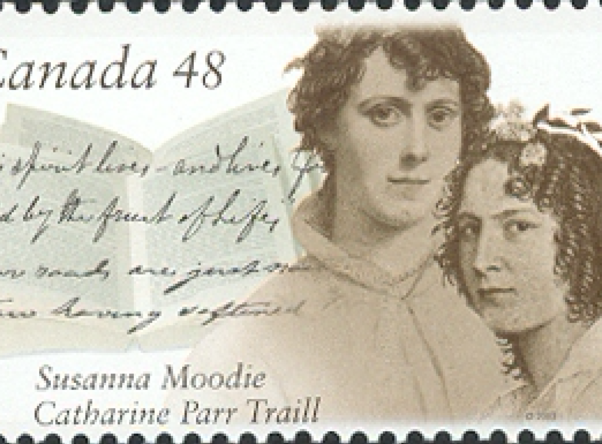





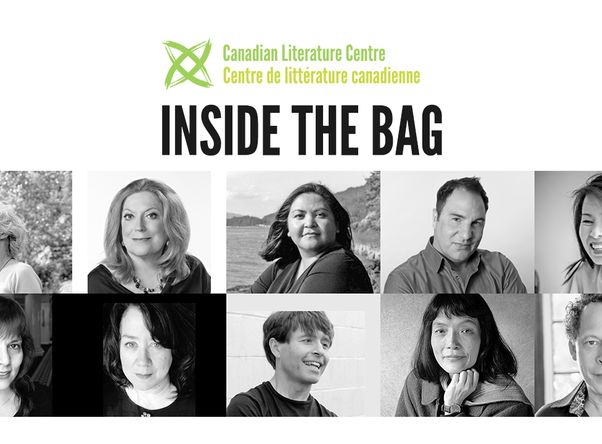


![Édition (en cours de préparation) de la correspondance croisée de Louise Cruppi et Romain Rolland La correspondance de Louise Cruppi et de Romain Rolland, compte 1 092 lettres, dont 535 de Cruppi et 557 de Rolland, échangées entre 1905 et 1925 [1] . De par sa longue durée, ainsi que l’importance Édition (en cours de préparation) de la correspondance croisée de Louise Cruppi et Romain Rolland La correspondance de Louise Cruppi et de Romain Rolland, compte 1 092 lettres, dont 535 de Cruppi et 557 de Rolland, échangées entre 1905 et 1925 [1] . De par sa longue durée, ainsi que l’importance](https://cwrc.ca/sites/default/files/styles/project_overview_grid_item/public/bannerlcrr.jpg?itok=qjeID9Jy)

